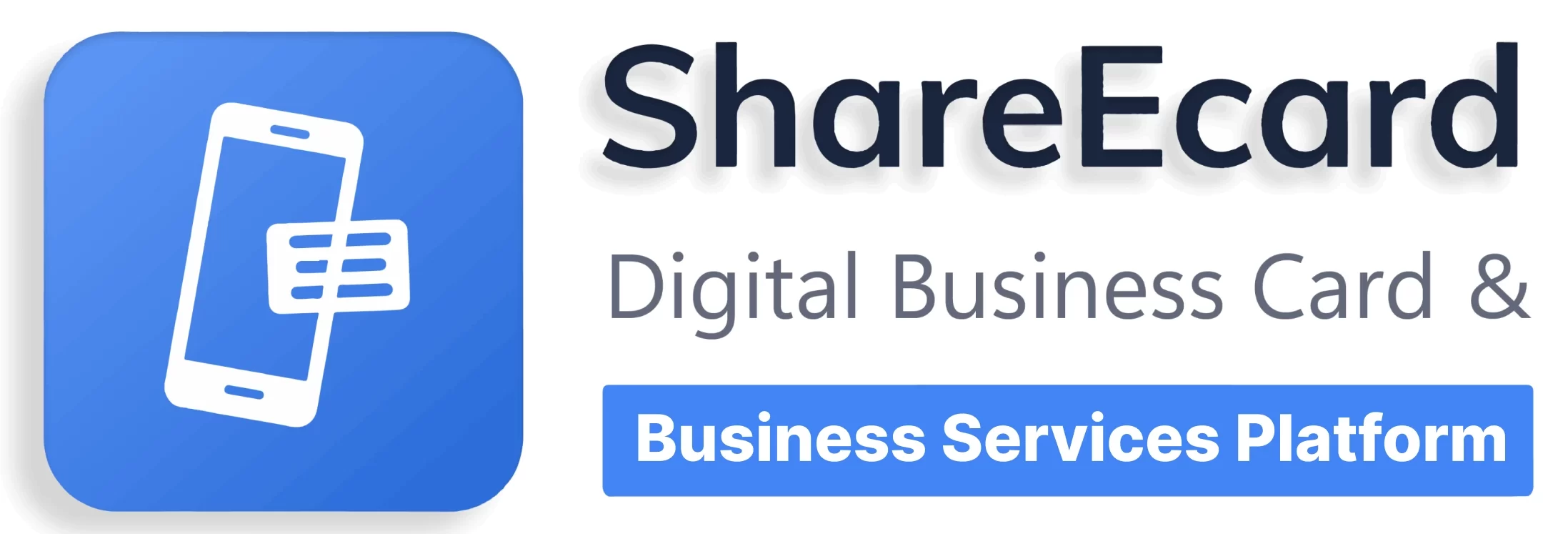Trust is the foundation of any successful healthcare business. Patients and clients are no longer just seeking excellent care. They’re looking for brands they can rely on, interact with seamlessly, and engage with confidently in online spaces. Digital tools have become vital in shaping this trust, offering businesses the means to improve transparency, enhance communication, and deliver personalized experiences. This article explores how healthcare businesses can leverage digital tools to build and strengthen their brand identity.
Understanding Brand Trust in Healthcare
Brand trust is the belief that a healthcare organization will consistently fulfill its promises. This may involve providing accurate medical advice, safeguarding patient privacy, or simply being reliable and punctual. Trust represents the emotional connection patients form when they feel safe, understood, and respected.
A 2023 global survey revealed that 70% of respondents expressed trust in the healthcare industry. According to Statista, this is the highest level recorded between 2016 and 2023. This statistic underscores the significant trust placed in healthcare worldwide. However, trust is not freely given. It is earned, particularly in healthcare, where lives and well-being are at stake.
To build and maintain trust, healthcare brands must focus on transparency, consistency, and compassion. Transparency involves clearly communicating essential information such as pricing, services, qualifications, and patient outcomes. It also means addressing risks and concerns openly.
Take the example of Depo-Provera, the contraceptive injection that is under legal scrutiny for causing health concerns for the users. The issue is so severe that lawsuits have been filed. The Depo-Provera lawsuit alleges that the manufacturers developed meningioma after receiving Depo-Provera birth control injections.
According to TruLaw, this injectable contraceptive contains a synthetic form of the hormone progesterone. After using the injections for over a year, many women across the country have joined the Depo-Provera MDL. In such cases, healthcare providers who proactively share accurate information about potential risks can foster greater trust, even in the face of challenges.
Consistency is another critical pillar of trust. Patient feedback is more than just a collection of star ratings. It’s a treasure trove of valuable insights into what people truly think about your healthcare services. Empathy, a friendly tone, patient-centered content, and emotional intelligence help patients feel valued and cared for.
Digital Tools That Will Help You Build a Trusted Healthcare
Building a trusted healthcare environment involves utilizing various digital tools that enhance communication and patient care. Here are some key digital tools that can help achieve this:
Patient Communication Platforms
Secure messaging platforms like Spruce Health, OhMD, and Klara have revolutionized patient communication by enabling encrypted messaging, patient portals, and file-sharing capabilities. These tools ensure privacy and streamline interactions, building trust by reassuring patients that their data is protected.
Research published in BMC Health Services Research further highlights the importance of effective communication in healthcare, particularly among older patients. The study highlights that quality communication, both verbal and non-verbal, has a positive impact on patient outcomes.
The outcomes include greater satisfaction, improved emotional well-being, and better adherence to treatment plans. Secure messaging aligns perfectly with these insights, offering a patient-centered approach to communication.
Telemedicine has also emerged as a foundation of modern healthcare, transforming how care is delivered. Initially popularized during the pandemic, telemedicine has become a long-term solution due to its ability to reduce costs, save time, and improve accessibility.
The demand for telemedicine is stronger than ever, driven by the need for accessible, high-quality healthcare. In 2023, the global telemedicine market was valued at USD 114.98 billion.
Grand View Research projects the market to expand at a compound annual growth rate (CAGR) of 17.96% from 2024 to 2030. To meet this rising demand, platforms like Zoom for Healthcare are enabling providers to deliver virtual care efficiently, without compromising on quality or patient experience.
Social Media Management Tools
Social media has become one of the most effective ways for healthcare providers to engage with patients, share valuable information, and humanize their brand. However, managing multiple social accounts can quickly become overwhelming.
That’s where tools like Hootsuite, Buffer, and Later step in. These platforms allow providers to schedule posts, track engagement, and monitor performance across various accounts, all while saving valuable time.
Why does social media matter in healthcare? First, it enhances visibility. Consistent posting keeps your practice at the forefront of patients’ and the community’s minds. Second, it supports education by enabling you to share health tips, reminders, and updates in a digestible format. Perhaps most importantly, it fosters trust by showcasing the human side of your practice.
A strong social media presence isn’t just about reaching people. This aligns with findings from a study published in Frontiers, which explored the role of healthcare professionals on social media. The study highlighted how effective social media use can foster trust and engagement by balancing professional expertise with approachable, relatable communication styles.
Patient Feedback Analytics Tools
Reviews, surveys, and comments can uncover patterns and highlight areas that need attention. But with so much data coming in, how do you transform it into actionable insights?
That’s where patient feedback analytics tools like SurveyMonkey, Qualtrics, and Medallia come in. These platforms go beyond simple data collection. They analyze both written and quantitative feedback to identify trends, flag recurring issues, and measure changes over time.
For instance, if patients frequently mention long wait times or unclear instructions, these tools can quantify the problem and help you prioritize solutions. Additionally, tracking metrics like net promoter score (NPS) helps gauge how likely patients are to recommend your services. It also provides a precise measure of overall satisfaction.
The benefits of these tools are twofold. Internally, they provide actionable insights that allow you to enhance your services and address problem areas. Externally, they demonstrate to patients that their opinions matter.
The importance of responding to patient feedback is supported by a study published in The BMJ. It highlights the role of patient experience in shaping healthcare quality. The study underscores how listening to and acting on patient concerns can lead to better outcomes and more patient-centered care.
FAQs
Are all digital communication tools HIPAA compliant?
A: No, not all digital tools meet HIPAA standards. Before using messaging, video, or email platforms in healthcare, confirm they offer encryption, audit trails, access controls, and a signed Business Associate Agreement (BAA). Never assume a tool is compliant without verified safeguards for protecting patient information.
What are the top free tools for healthcare startups?
A: Healthcare startups can start strong with free or freemium tools. These tools include Doxy.me (HIPAA-compliant telehealth), Google My Business (local visibility), Calendly (scheduling with optional compliance), and Mailchimp (patient engagement). Ensure any tool handling patient data has appropriate HIPAA safeguards or paid compliance upgrades.
Can I use free cloud storage services like Google Drive or Dropbox for patient data?
A: Only if you’re using their HIPAA-compliant business plans. Free versions don’t meet the security standards for storing protected health information (PHI). Upgrade to a healthcare-specific plan and make sure a signed BAA is in place before storing any patient data on the cloud.
As patients increasingly seek reliable and engaging healthcare brands, leveraging digital innovations enhances the overall patient experience. It also strengthens the emotional connections that build and sustain trust. The future of healthcare branding hinges on the ability to effectively utilize technology to create meaningful interactions.




